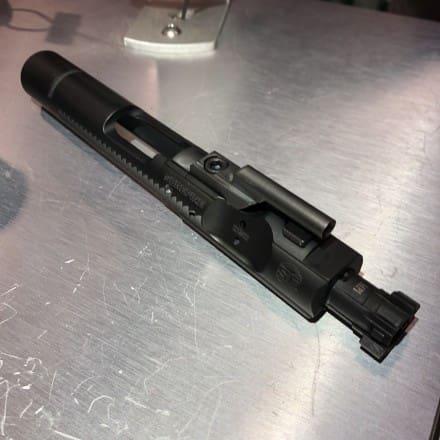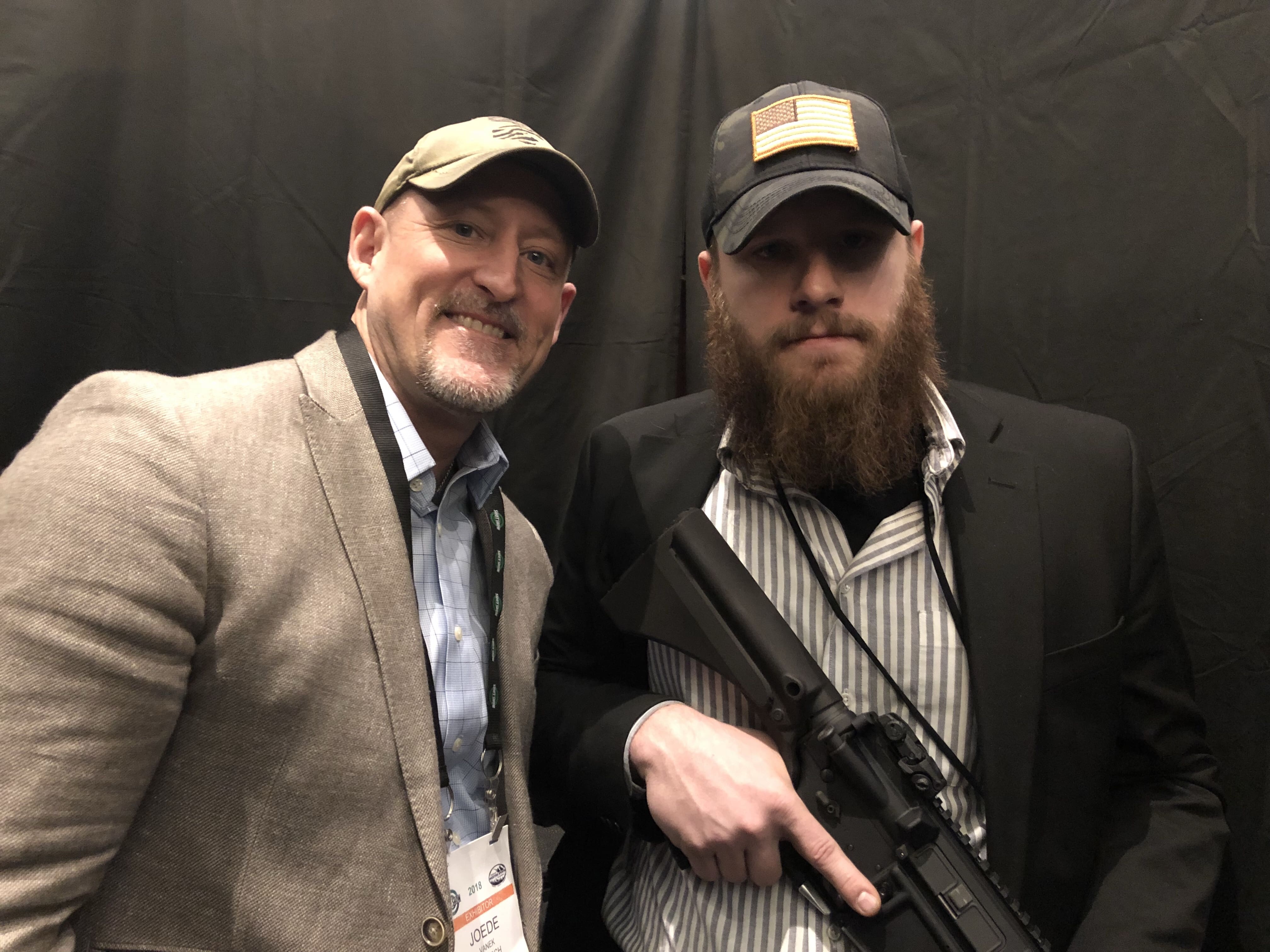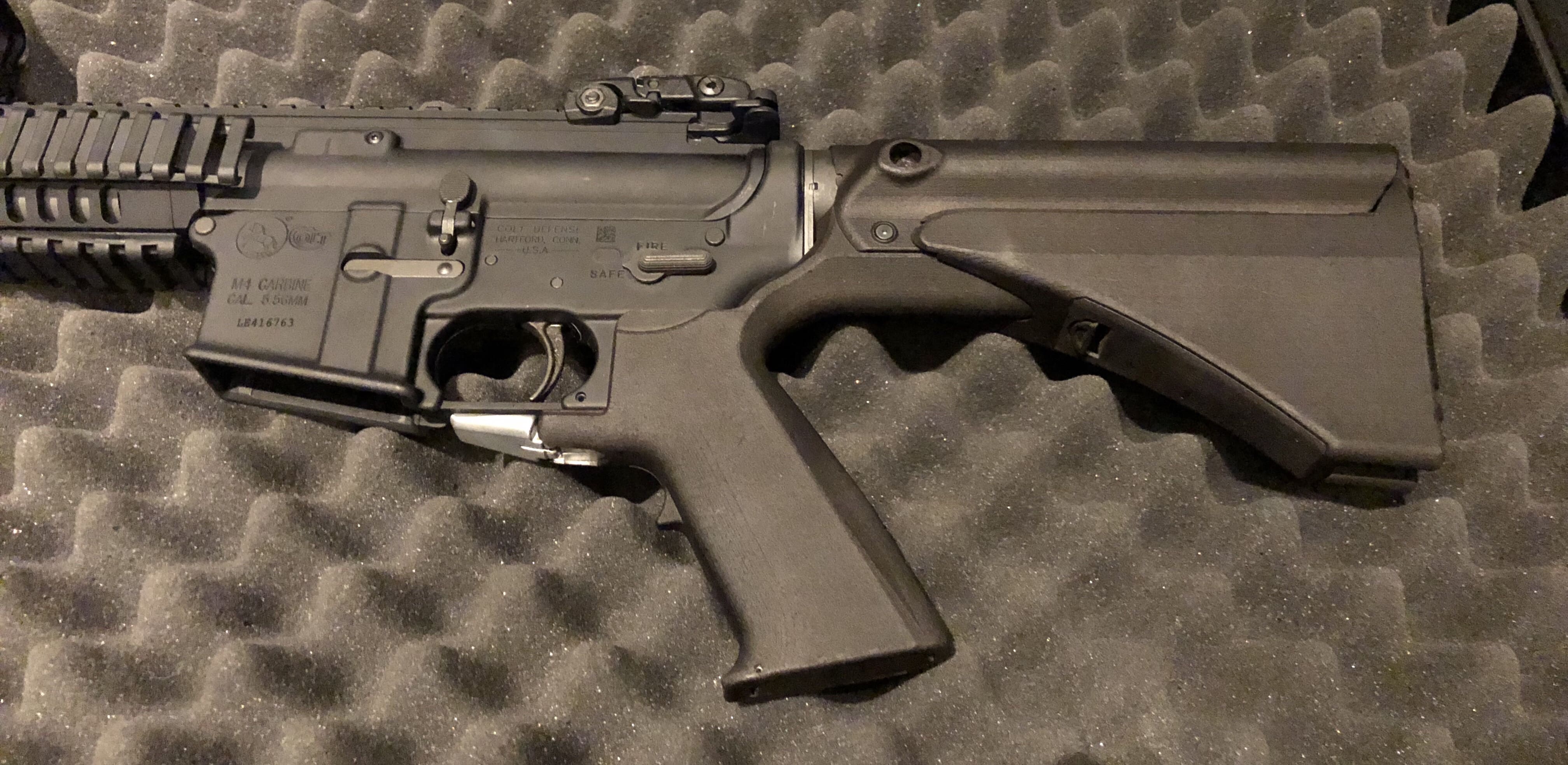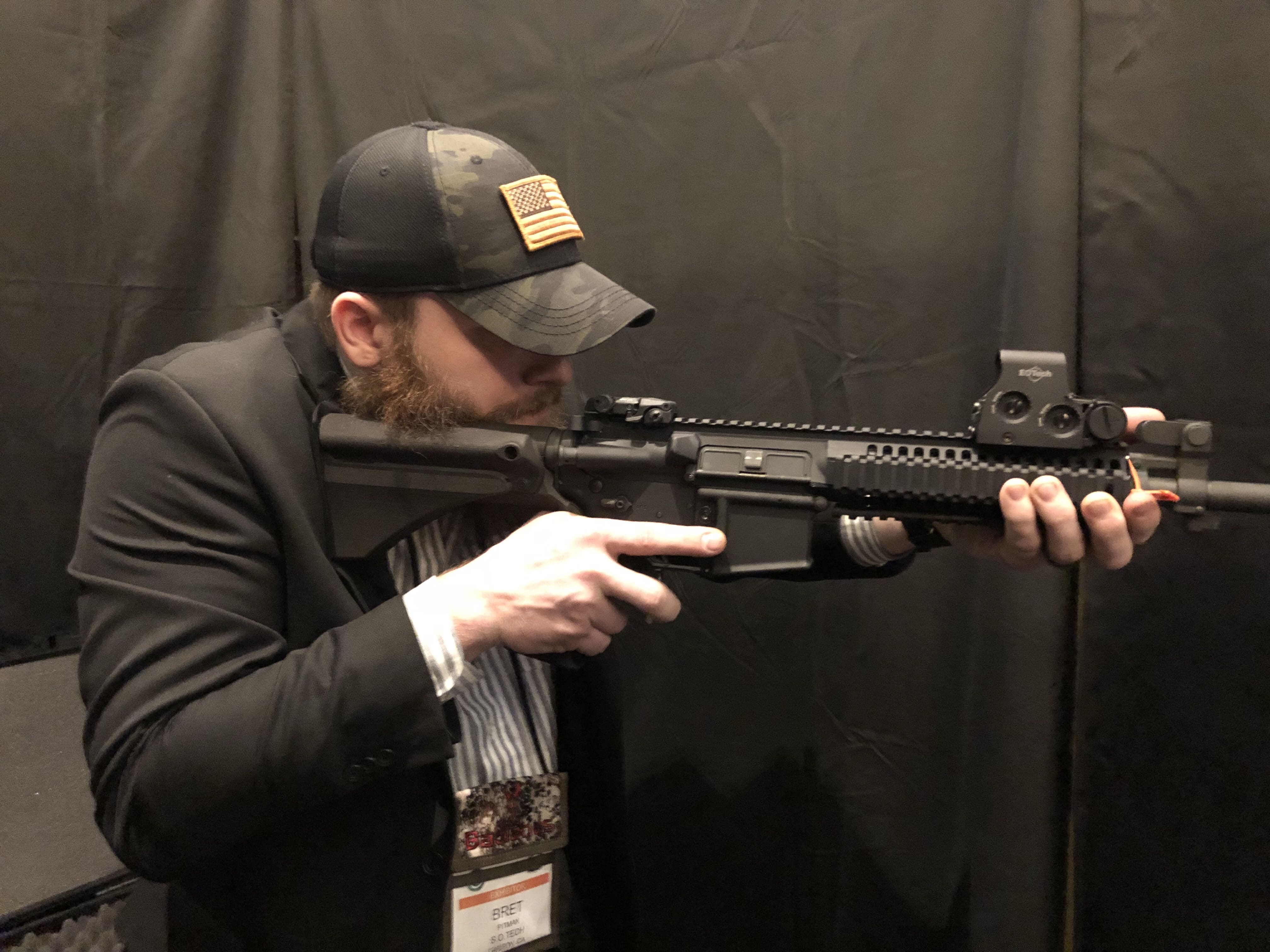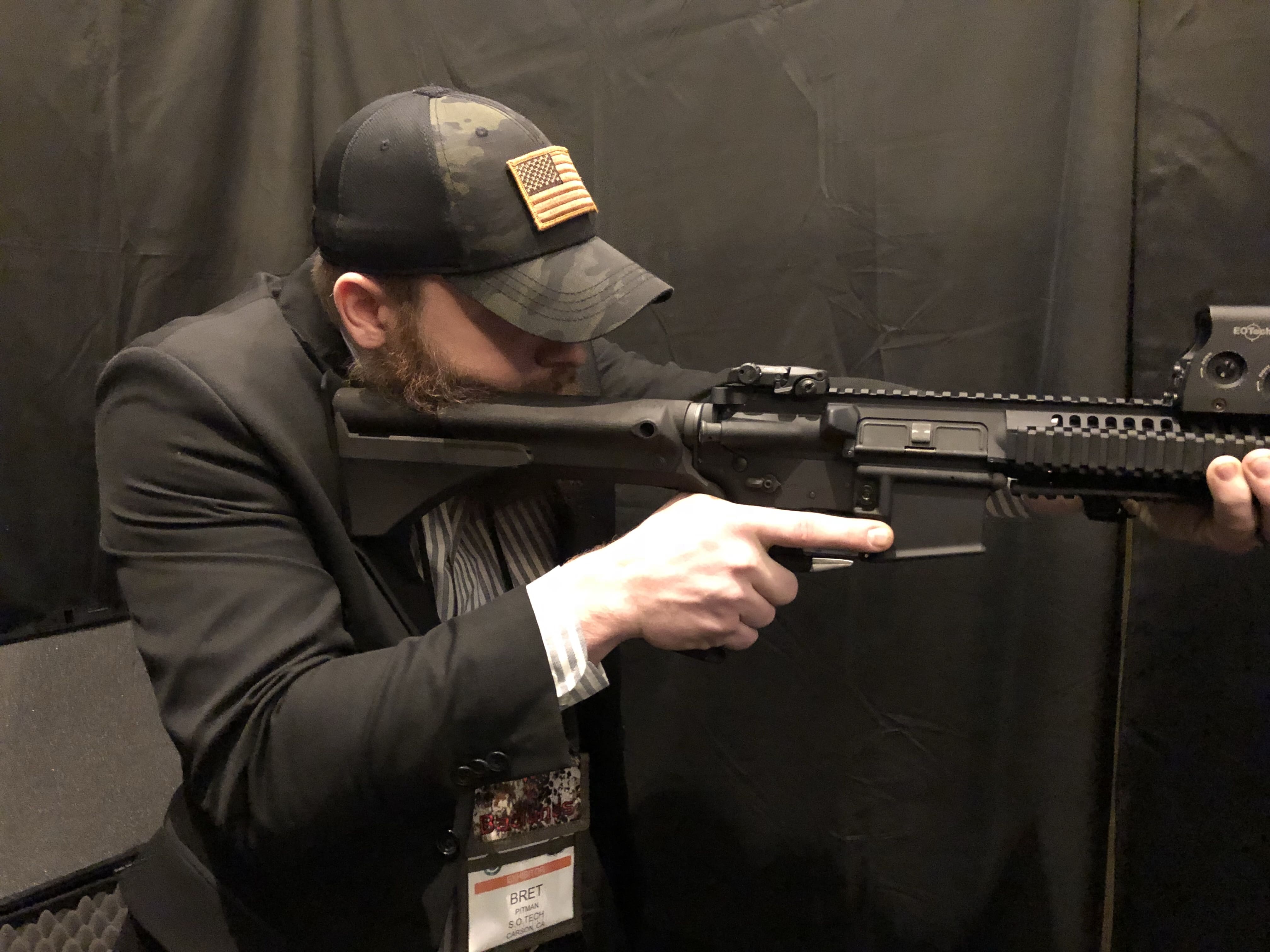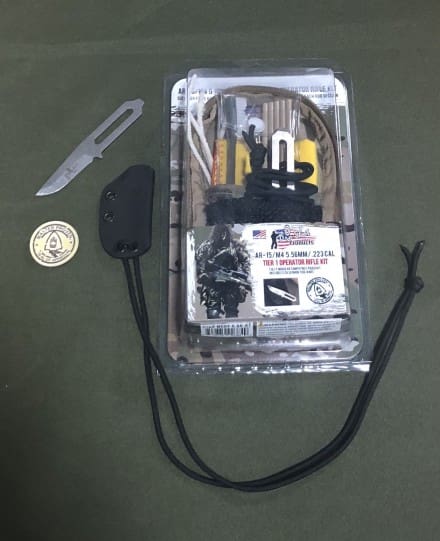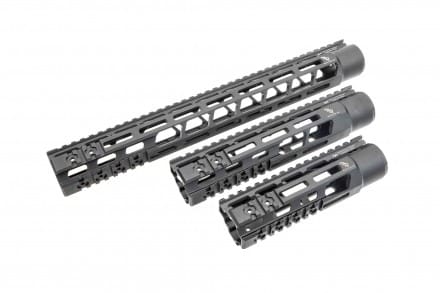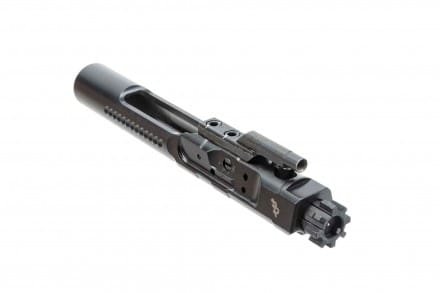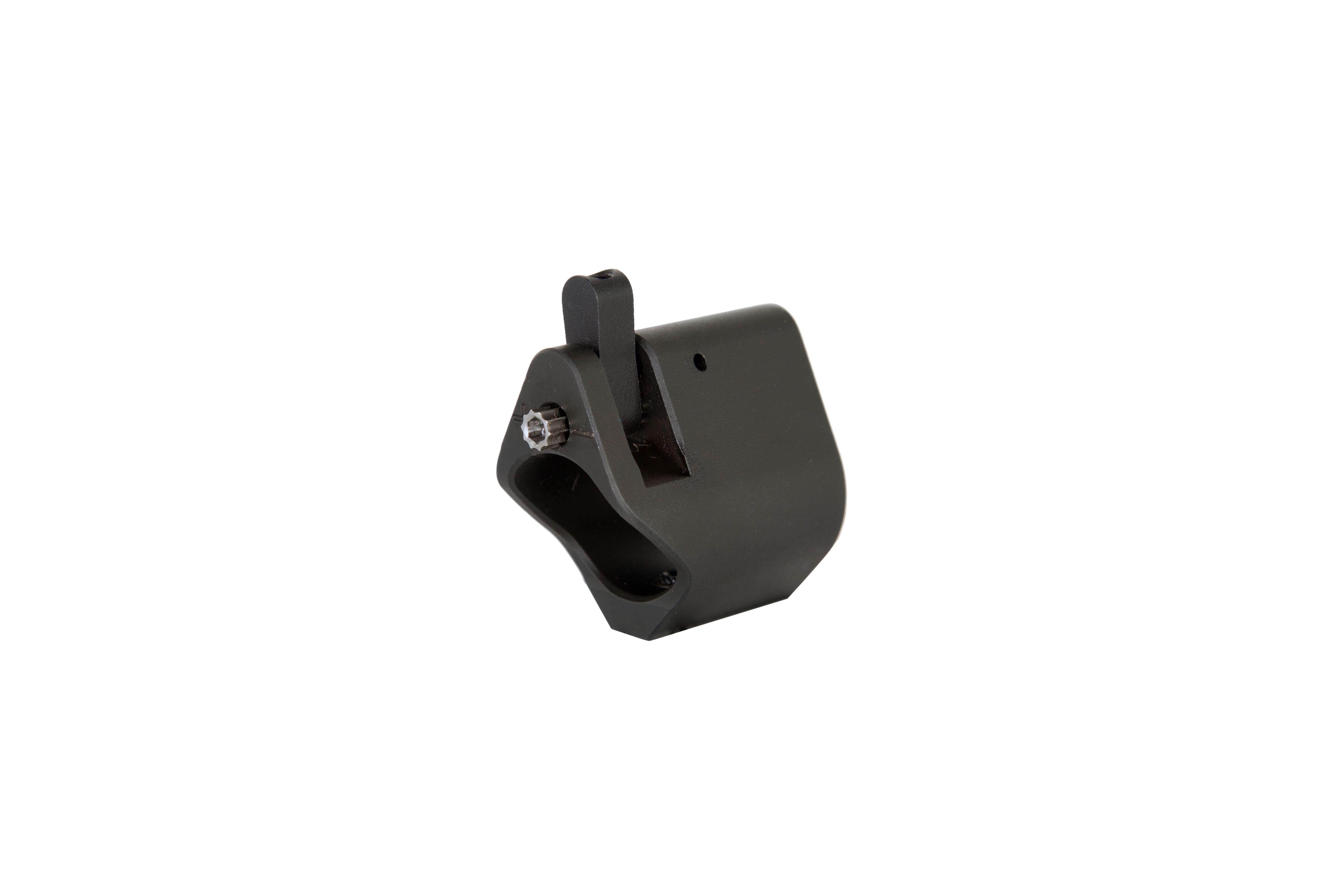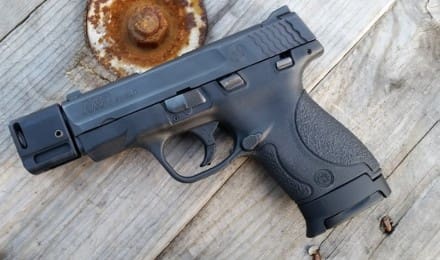ZEV created the market for GLOCK trigger upgrades. Over the years, our triggers have won more world championships and are in the hands of more professionals than all other after-market triggers, combined.
We didn’t stop there, beginning two years ago we set out to reinvent our entire product line. After thousands of hours of design and engineering and after hundreds of thousands of rounds of testing, we are proud to announce a product line built from the ground up to perform better and more reliably than anything else on the market.
At the core of our PRO trigger is ZEV’s new proprietary trigger bar and professional connector. These products deliver the crispest, cleanest trigger pull available. Finally, our new trigger pad features a revolutionary riveted assembly process that makes it the longest lasting and most reliable replacement trigger on the market.
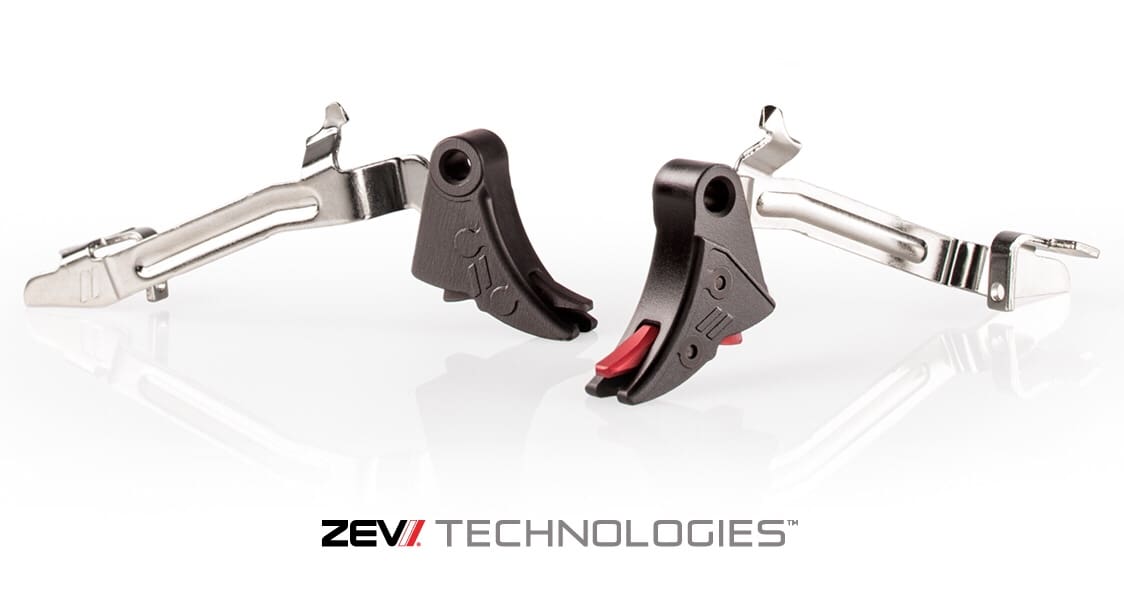
Our triggers feature a wider trigger pad and safety for better user engagement and offer drop-in functionality with improved ergonomics and a clean, crisp, creep-free trigger pull. The re-designed and re-engineered trigger pad utilizes a revolutionary riveted assembly process that makes it the longest lasting and most reliable replacement trigger on the market.
• Drop-in installation
• Ergonomically correct trigger pad
• Available for most GLOCK models
• Mil-Spec hard-anodized aluminum construction
• All ZEV Triggers include our NEW PRO connector
NOTE: Gen 5 models listed are coming soon.
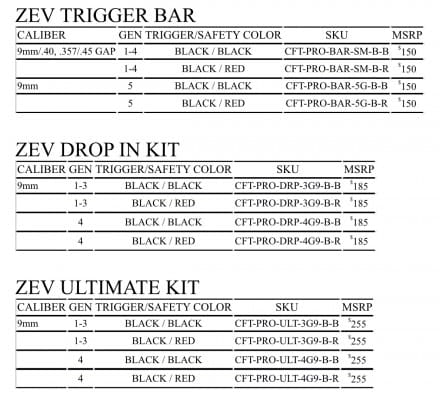
ZEV PRO CONNECTOR
The ONLY proprietary GLOCK replacement trigger bar that reduces travel,
and provides professional, crisp trigger pull while keeping all factory Glock safeties intact.
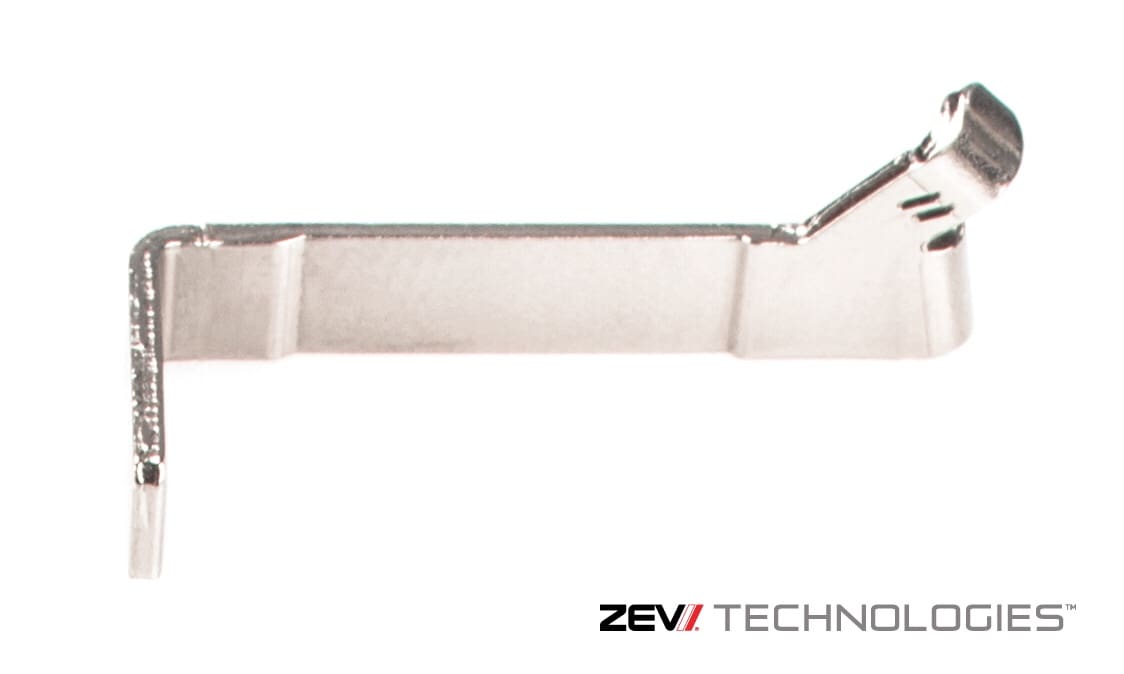
After two years of development and tens of thousands of rounds of testing, ZEV is proud to release the all-new PRO connector. Engineered to provide users with a consistent, positive reset and a reduction in trigger pull weight without sacrificing the reliability or safety of your pistol. Whether used in conjunction with a ZEV trigger or with your stock Glock trigger, the PRO connector will provide a noticeable increase in performance and is ready to drop-in and use straight from ZEV, no fitting or polishing required.
• Improved geometry for lightened trigger pull with crisp, positive reset
• New proprietary material for improved spring tension
• Use in conjunction with ZEV competition spring kit for best results
• Compatible with all Glock models except G42 and G43
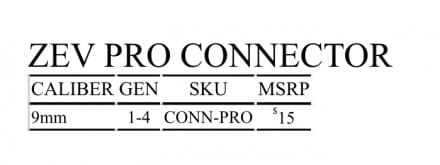
SHOT SHOW BOOTH #20463


